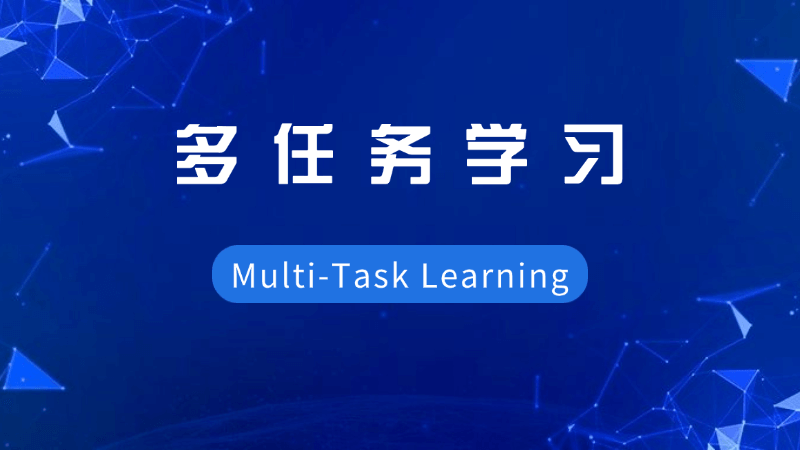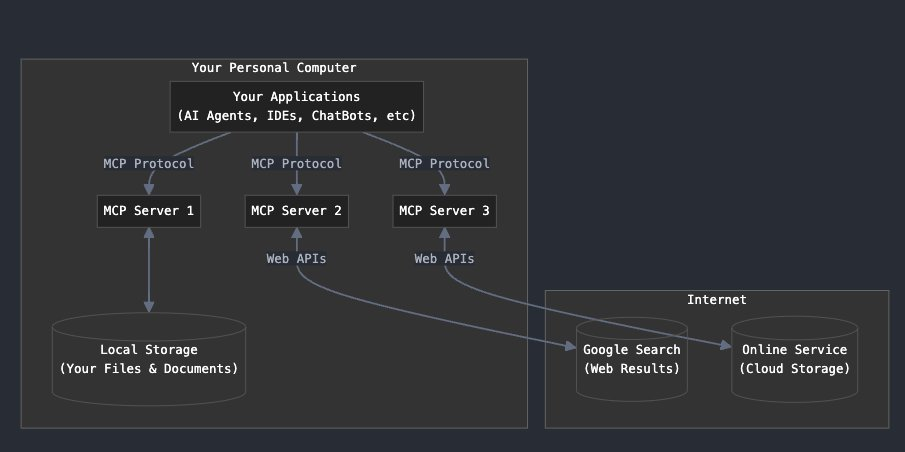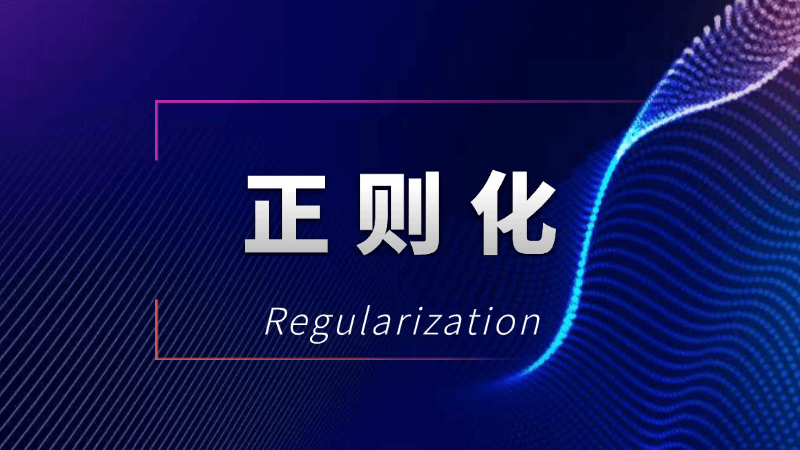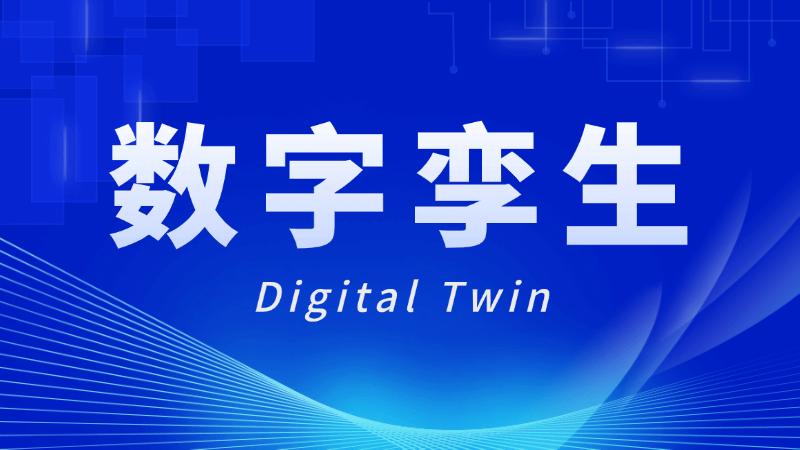What is Multi-Task Learning (MTL) in one article?
A Precise Definition of Multi-Task Learning
Multi-Task Learning (MTL) is not an isolated algorithm, it is an intelligent machine learning paradigm. It can be understood with the help of a vivid analogy: a good student does not learn physics, chemistry, and math in complete isolation. On the contrary, the mathematical tools he masters when learning physics can, in turn, deepen his understanding of the laws of physics; and the abstract modeling thinking established in physics can also help him overcome chemistry problems. The transfer and validation of knowledge across disciplines ultimately helped him become a well-rounded generalist.
Multi-task learning draws on this wisdom of human learning. In the field of artificial intelligence, multitask learning instructs a single AI model to learn and perform multiple, related tasks simultaneously. The core mechanism is that the model learns to solve one task while using knowledge learned from other tasks (or "inductive bias") to assist itself. By sharing the model's parameters or feature representations across tasks, the model is forced to search for more essential and robust intrinsic laws that are common to all tasks, beyond the sum effect of training a separate "biased" expert model for each task. The ultimate goal of this "multi-purpose" training approach is to improve the generalization ability, learning efficiency and overall performance of the model.

Core Ideas for Multitasking Learning
- Knowledge sharing and transfer:Complementary information is embedded in the data of different tasks. By sharing a certain part of the model's structure, the learning process of one task can effectively utilize the data of other tasks and achieve implicit knowledge transfer.
- Implicit data enhancement:From a modeling perspective, learning multiple tasks simultaneously is equivalent to training on larger and more diverse data. This approach effectively increases the information density of the data and reduces the risk of model overfitting on a single task.
- Effective Direction of Attention:When a task (e.g., edge detection in an image) is relatively simple, it helps the model to first learn to focus on the underlying features of the image, which in turn guides the model to more efficiently handle more complex tasks (e.g., object recognition).
- denotes the regularization of learning:Forcing the model to learn feature representations that must be simultaneously valid for multiple tasks is itself a powerful means of regularization. This constraint drives the model to discard task-specific noise and learn more generalized essential features .
- An "eavesdropping" mechanism:A task A can "eavesdrop" on valid features learned for another task B during the training process.
Key Benefits of Multi-Task Learning
- Significantly improve model generalization power:The shared representation layer forces the model to learn more generalized features, avoiding overfitting to noise in task-specific data, and thus performing more robustly in the face of new, unseen data.
- Significantly increase the efficiency of data utilization:For certain tasks with scarce data or high labeling costs, joint training can be performed with the help of related tasks with sufficient data to effectively alleviate the problems of cold start and insufficient data .
- Effectively reduce model deployment costs:Compared to training and deploying a separate model for each task, the multi-task model greatly reduces the overall memory footprint and storage requirements by sharing most of the parameters .
- Significantly faster model inference:In the inference phase, a single multi-task model can obtain the outputs of multiple tasks at the same time with only one forward computation, which is much more efficient than running multiple independent models sequentially .
- Promote inter-mission knowledge discovery:By analyzing which parts of the model are shared and which parts are exclusive to the task, researchers are able to gain deeper insight into the intrinsic connections and differences between different tasks , advancing scientific understanding.
A classical architecture for multi-task learning
- Hard Parameter Sharing (HPS) architecture:This is the most common and classic architecture. The bottom layer of the model consists of all the tasks sharing a powerful encoder network, and then a lightweight, task-specific output layer is wired separately for each task at the top of the network .
- Soft Parameter Sharing (SPS) architecture:In this architecture, each task has its own independent model and parameters. However, by adding a regularization term to the loss function, the parameters of the different model layers are encouraged to remain similar, thus enabling a more flexible "soft" knowledge sharing.
- Encoder-Decoder Structure (EDS):This architecture is particularly popular in sequence-to-sequence tasks. A shared encoder is responsible for compressing the input information into an information-rich feature vector, and then multiple task-specific decoders each decode their desired results from this vector .
- Mixture-of-Experts (MoE):The model contains several "expert" sub-networks and a gated network. The gated network learns to dynamically select and combine different expert networks for each input sample, allowing the model to adaptively allocate the most appropriate computational resources for different tasks or samples.
- Cross-task attention fusion architecture:Drawing on the idea of an attention mechanism, the architecture allows information to be interacted between the feature maps of different tasks. Features from one task can be "attended to" and borrowed from another task when needed, enabling more granular and dynamic feature fusion.
Training Strategies for Multitask Learning
- Static or dynamic weighting of the loss function:This is the most straightforward way to balance multi-task learning. Manually set a fixed weight for each task's loss function, or design the algorithm to dynamically adjust the weights during training to balance the importance of different tasks .
- Uncertainty-based loss balancing:A more refined approach to dynamic weighting. The model predicts both the task outcome and the uncertainty of its own prediction. Tasks with higher uncertainty have their loss weights automatically tuned down, thus reducing the interference of noisy tasks in the overall training .
- Conflict Cancellation and Alignment of Gradients:At the shared layer, there may be conflicts in the direction of gradient updates for different tasks ("tug-of-war" phenomenon). Some advanced optimization algorithms actively detect such conflicts and ensure that each update is beneficial or at least harmless to all tasks by projecting or rotating the gradient vector .
- Task grouping and alternate training:According to the relevance of the tasks, they can be divided into different groups for collaborative training. Alternatively, different subsets of tasks can be optimized in turn and with focus at different stages of training to avoid mutual interference and ensure the stability of the training process.
- Application of an adaptive learning rate optimizer:An adaptive learning rate optimizer such as Adam is able to compute independent learning rates for different parameters in the model, which is especially important in multi-task scenarios. It can naturally adapt to the different needs of different tasks for different parameter update rates .
Application Scenarios for Multi-Task Learning
- Autonomous driving and robot perception:A single perceptual model in the vehicle is able to simultaneously handle multiple tasks in a road scene, such as recognizing vehicles and pedestrians (target detection), depicting lane lines (segmentation), understanding traffic signs (classification), and determining drivable areas, for efficient, real-time environment understanding.
- A platform for comprehensive natural language understanding:A powerful language model can be used as an NLP infrastructure platform for an enterprise or research organization, providing a variety of services such as sentiment analysis, named entity recognition, text summarization, machine translation, and intent recognition, driven by a unified multi-tasking model behind .
- Intelligent medical imaging diagnostic system:When analyzing medical images (e.g., CT, MRI), a multitasking model can simultaneously accomplish precise segmentation of lesions, contour recognition of different organs, and image-based disease classification prediction, providing doctors with comprehensive and integrated auxiliary diagnostic information.
- Financial Risk Control and Anti-Fraud:In the financial sector, a single model can simultaneously analyze a user's transaction behavior, account information, and device fingerprints to jointly predict multiple risks, such as credit default risk, transaction fraud risk, and account theft risk, improving the accuracy and coverage of risk identification.
- Multimodal interactive applications:In applications such as visual question and answer (VQA) or image description, the model needs to have both strong visual comprehension and language generation capabilities. Multi-task learning frameworks can seamlessly integrate both tasks, image feature extraction and text processing, in a single model .
Benchmarks for the assessment of multitask learning
- Natural Language Understanding Benchmarks (GLUE & SuperGLUE):GLUE (Generalized Language Understanding Evaluation) and its more difficult upgraded version, SuperGLUE, are the gold standard in the NLP field for evaluating a model's ability to multitask. A diverse set of linguistic tasks are included, such as textual entailment, sentiment analysis, and sentence similarity judgments .
- Benchmarks for Large-Scale Multitasking Language Understanding (MMLU):MMLU (Massive Multitasking Language Understanding) is an extremely comprehensive collection of reviews covering 57 different subject areas ranging from elementary mathematics to professional law. It is designed to test the multitasking accuracy of large-scale language models across a broad knowledge base .
- Computer vision multitasking combinations:In the field of computer vision, multiple classical datasets are usually combined to build a multi-task evaluation environment. For example, datasets such as PASCAL VOC, COCO, etc. are used to simultaneously evaluate the combined performance of multiple tasks such as target detection and semantic segmentation .
- Multimodal Evaluation Benchmark (MMT-Bench, GEM):With the development of multimodal models, specialized evaluation benchmarks like MMT-Bench and GEM have emerged. Designed to evaluate the ability of a model to simultaneously process and align information from multiple modalities such as image, text, audio, etc .
- Speech and Audio Processing Benchmarks:In the field of speech, researchers use datasets such as LibriSpeech (speech recognition) and AudioSet (audio event classification) in conjunction to evaluate whether a model can simultaneously understand speech content and recognize background sounds, which is critical in scenarios such as smart cockpits .
Practical Challenges of Multi-Task Learning
- The prevalence of negative migration:When tasks are poorly correlated or even in conflict with each other, forced sharing of information can cause model performance to decrease rather than increase. How to screen and handle negative migration between tasks is the primary challenge of multitask learning .
- The difficult task of balancing art:The learning difficulty, data size, convergence speed, and magnitude of the loss function vary widely from task to task. Designing a training strategy that automatically and fairly balances all tasks is still an open research topic .
- Complexity of model training and debugging:Multi-task models have a much larger hyperparameter space, and the "see-saw" phenomenon during training (one task's performance improves while the other declines) is very common, which makes debugging and tuning of the model extremely difficult.
- Reasoning about the tension between efficiency and resource consumption:Although multitasking models are theoretically more efficient, in scenarios where only a single task needs to be performed, activating an entire large shared model results in unnecessary waste of computational resources, which is especially true on resource-constrained edge devices .
- Task relevance is unknown a priori:In many real-world applications, we cannot know in advance which tasks are suitable to be put together for learning. Determining the optimal combination of tasks often requires extensive experimental exploration, which increases the threshold and cost of applied multitask learning.
Frontier Trends in Multitasking Learning
- Automated Multi-Task Learning (AutoMTL):Researchers are developing algorithms that can automatically design multi-task learning systems. These algorithms can automatically search for optimal network sharing structures, task grouping methods, and loss-balancing strategies, greatly reducing the complexity of manual design .
- Deep integration with continuous learning:Future multitasking models will need to have the ability to continuously learn new tasks, rather than having all tasks fixed at the beginning. How to allow models to learn new skills without forgetting old knowledge is the key to realizing lifelong learning intelligences .
- Enhancing the interpretability and security of models:Enhancing the transparency of the decision-making process of multi-task models helps us to understand the specific synergy or conflict mechanisms between tasks. Enhancing the robustness and security of the model in the face of adversarial attacks is a guarantee that it will move towards critical application areas .
- Co-design of models and hardware:An important future direction is to design optimized hardware gas pedals specifically for multitasking models or, conversely, to design efficient model architectures that can take full advantage of existing hardware features to address deployment efficiency in the real world .
- The rise of cross-paradigm research:Multi-task learning is increasingly being combined with other machine learning paradigms. For example, multitask reinforcement learning is used to train robots that can perform multiple complex operations at the same time; multitask meta-learning works to allow models to learn how to quickly adapt to a new set of related tasks .
© Copyright notes
Article copyright AI Sharing Circle All, please do not reproduce without permission.
Related posts

No comments...




